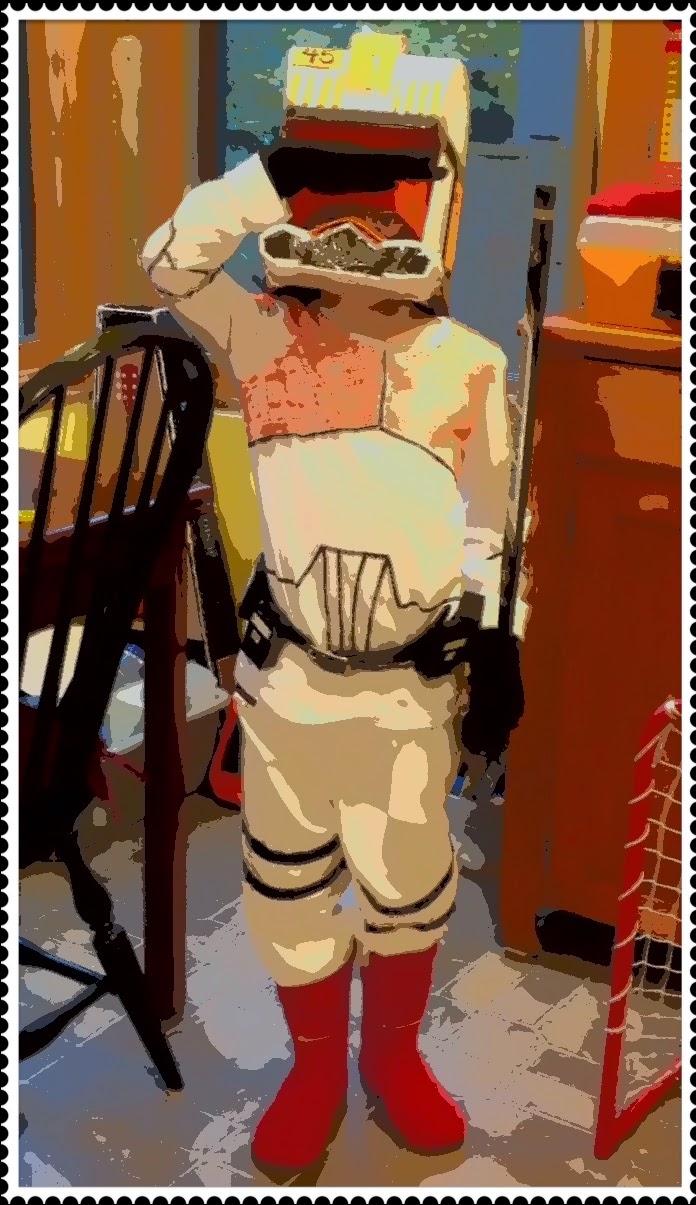Print-making is a fun and versatile art activity that can be easily modified for all levels of language and artistic skill. The method demonstrated in our teaching video (see link below) is simple, allowing you to set up a print "studio" at home or in the classroom without spending a large amount of money.
You will need:
- styrofoam trays (from meat and produce at the grocery store) - clean these well with soap & water, and make sure they are completely dry before you use them
- wooden skewers or pencils - these are used to "draw" the designs into the styrofoam trays (making an indentation)
- paint trays - we used cookie sheets covered with tinfoil (foil secured to the tray with masking tape)
- water soluble print ink - you will have to purchase this at the art store (we used Speedball block printing ink and Nobel LinoPrinting ink)
- paint/print rollers - these are also purchased at the art store, they are durable and made for multiple use (ours were Speedball brand, you'll find them with the print supplies)
- paper - many kinds of paper will work, so feel free to experiment - in the video we used paper that we already had on hand (cartridge paper, rice paper, black art paper)
Basic method:
Draw out design ideas on sketching paper. Adam used markers to do this, but you could also use pencils - the advantage of drawing with markers is that it reduces the urge to constantly erase and "fix" a drawing.
Transfer the drawing ideas you like to the styrofoam trays (cut off raised edges so you are working with a flat piece of foam). This is where you will use a wooden skewer or pencil to press/indent the lines of the drawing down into the foam to create a "relief" drawing. Make sure the lines are indented well so that you get a clear print. The paint will stick to the areas around the lines.
Mix your paint on the paint trays. If you have multiple people using the trays, try to keep each tray to a colour "palette" that includes no more than 2 primary colours (eg. red & yellow, yellow & blue, blue & red) so you don't end up with "muddy" colours as they mix. That being said, have fun mixing your colours and also experiment with adding white and black ink. Print plates can easily be cleaned by running them under a tap. Or you can layer ink colours on the same print plate without cleaning in-between to get a different effect. There's no wrong answer here.
Use a roller to mix and transfer the paint to the styrofoam print "plate". Then you can either place the print plate paint side down on the paper & flip both over so the paper is on top, or you can put the paper on top of the print plate (whatever works out easiest for the person you are working with - the first technique allows better control over where the print is on the paper, but adds the potentially tricky motor step of flipping paper & print plate together without smearing/smudging the print).
Then use a clean roller (not the one you used to apply the paint) and roll on top of the paper to transfer the ink from the print plate to the paper. You can check the print by placing a finger in the middle of the paper and carefully lifting up one edge (to see if enough ink has transferred to make a clear design). Remove the paper carefully so the print doesn't smudge/smear. Then set it aside and let it dry.
Watch the video for more ideas on how to use this basic print technique to get many interesting effects:
if video doesn't play in your browser click this link: Print-making with Adam
Have fun and Happy Holidays from Autism and the Art of Communication!!





















